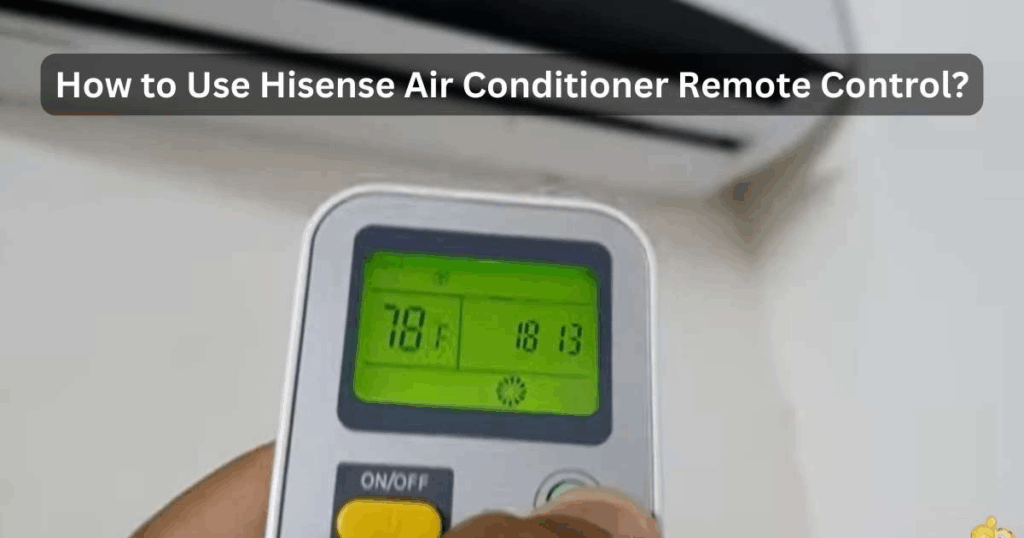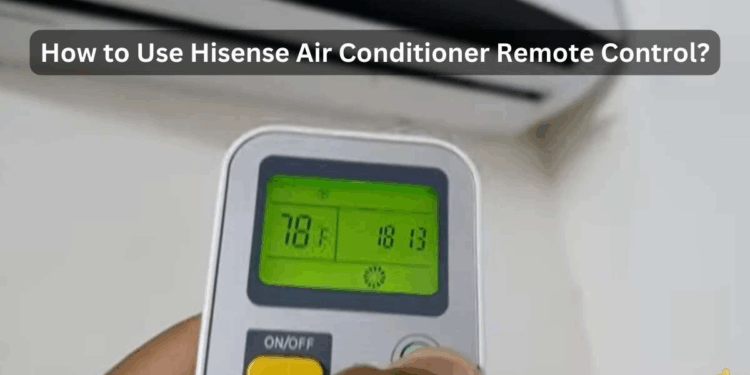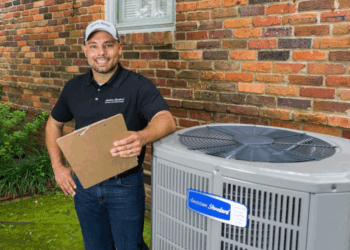
Embark on a journey through the world of Hisense Air Conditioner Guide: Setup, Features, Troubleshooting. Delve into the intricacies of setting up, exploring features, and troubleshooting common issues with a touch of expertise and insight.
Uncover the essentials of optimizing your Hisense air conditioner for peak performance and efficiency.
Hisense Air Conditioner Setup
When setting up your Hisense air conditioner, it is essential to follow the proper installation process to ensure optimal performance and efficiency. Below are the steps you need to take to set up your Hisense air conditioner:
Initial Setup Process
- Unbox the air conditioner unit carefully and remove all packaging materials.
- Read the user manual provided by Hisense to familiarize yourself with the installation process and safety precautions.
- Inspect the unit for any visible damage before proceeding with the installation.
- Identify a suitable location in the room where you want to install the air conditioner. Ensure there is proper ventilation and access to a power outlet.
- Assemble any necessary tools required for installation, such as a screwdriver, level, and measuring tape.
Proper Installation in a Room
- Position the air conditioner near a window or an opening where you can install the exhaust hose for proper ventilation.
- Secure the unit in place using mounting brackets or a sturdy surface to prevent it from tipping over.
- Extend the exhaust hose and connect it to the window kit adapter provided with the air conditioner.
- Plug in the unit to a power source and turn it on to test if it is functioning correctly.
Necessary Tools Required for Setup
A screwdriver, level, measuring tape, mounting brackets, window kit adapter
Hisense Air Conditioner Features
Hisense air conditioners come equipped with a range of features designed to provide optimal cooling and comfort while also focusing on energy efficiency. Let's explore some of the key features that set Hisense air conditioners apart.
Key Features
- Smart Mode: Hisense air conditioners offer a Smart Mode that automatically adjusts the temperature and fan speed based on the room's conditions, ensuring efficient cooling.
- Energy Saving Mode: With an Energy Saving Mode, the air conditioner optimizes performance to reduce energy consumption without compromising on cooling effectiveness.
- WiFi Connectivity: Some models come with WiFi connectivity, allowing you to control the air conditioner remotely through a smartphone app.
- Quiet Operation: Hisense air conditioners are designed to operate quietly, ensuring minimal disruption during use.
Model Comparison
- Hisense 8000 BTU vs. Hisense 12000 BTU: While both models offer Smart Mode and Energy Saving Mode, the 12000 BTU model provides more powerful cooling for larger rooms.
- Hisense Portable AC vs. Hisense Window AC: The Portable AC offers the flexibility to move the unit between rooms, while the Window AC is a permanent installation with higher cooling capacity.
Optimizing Energy Efficiency
To optimize energy efficiency with your Hisense air conditioner, make sure to:
- Set the temperature to a moderate level to reduce energy consumption.
- Use the Energy Saving Mode when cooling requirements are lower.
- Keep the filters clean to ensure smooth airflow and efficient operation.
Hisense Air Conditioner Troubleshooting

When your Hisense air conditioner is not functioning properly, troubleshooting the issues can help resolve the problem and ensure efficient cooling. Here are some common troubleshooting steps to follow:
Not Cooling Efficiently
If your Hisense air conditioner is not cooling efficiently, follow these steps to improve its performance:
- Check the air filter: A dirty or clogged air filter can restrict airflow, making it harder for the air conditioner to cool the room. Clean or replace the filter regularly to ensure optimal performance.
- Inspect the vents: Ensure that the vents are not blocked by furniture or other obstructions. Proper airflow is essential for the air conditioner to cool effectively.
- Adjust the temperature settings: Make sure the temperature settings are appropriate for the room size and your comfort level. Setting the temperature too low can overwork the air conditioner without providing additional cooling benefits.
- Inspect for leaks: Check for any leaks in the refrigerant lines or ductwork. If you notice any leaks, contact a professional technician for repairs.
- Ensure proper installation: Verify that the air conditioner is installed correctly and that there are no gaps around the unit. Proper installation helps prevent air leaks and ensures efficient cooling.
Maintenance and Cleaning
Regular maintenance and cleaning are essential to prevent problems with your Hisense air conditioner. Follow these steps to maintain and clean your air conditioner effectively:
- Clean the air filter: Remove the air filter and clean it with mild detergent and water. Allow it to dry completely before reinstalling it.
- Clean the coils: Use a soft brush or vacuum cleaner to remove dust and debris from the coils. Dirty coils can reduce the efficiency of the air conditioner.
- Check the condensate drain: Ensure that the condensate drain is clear and free of obstructions. A clogged drain can cause water leakage and reduce cooling performance.
- Inspect the exterior: Regularly clean the exterior of the air conditioner to remove dirt and debris. Keep the area around the unit clear to prevent airflow restrictions.
Closing Notes

In conclusion, mastering the setup, features, and troubleshooting aspects of your Hisense air conditioner opens the door to a cool and hassle-free experience. Stay informed, stay comfortable.
FAQ Insights
How do I clean the air filters of my Hisense air conditioner?
To clean the air filters, gently remove them from the unit and wash them with mild soap and water. Allow them to dry completely before reinstalling.
What should I do if my Hisense air conditioner is leaking water?
Check if the unit is level and ensure the drainage pipe is not blocked. If the issue persists, contact a professional technician for assistance.
How can I improve the cooling efficiency of my Hisense air conditioner?
Ensure proper ventilation around the unit, keep doors and windows closed, and set the temperature to an optimal level for the room size.











